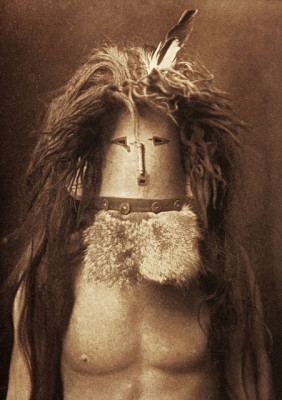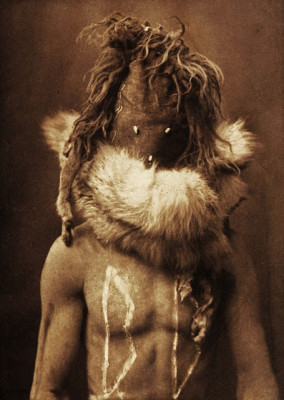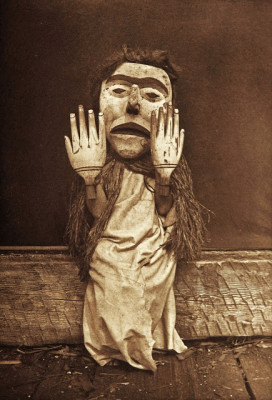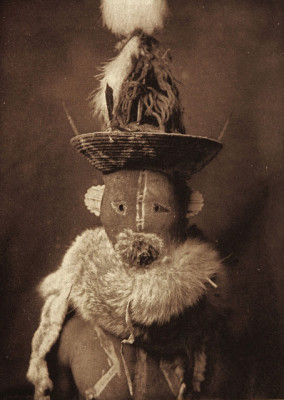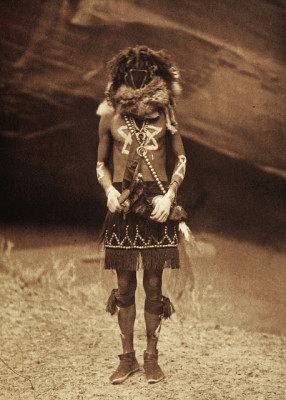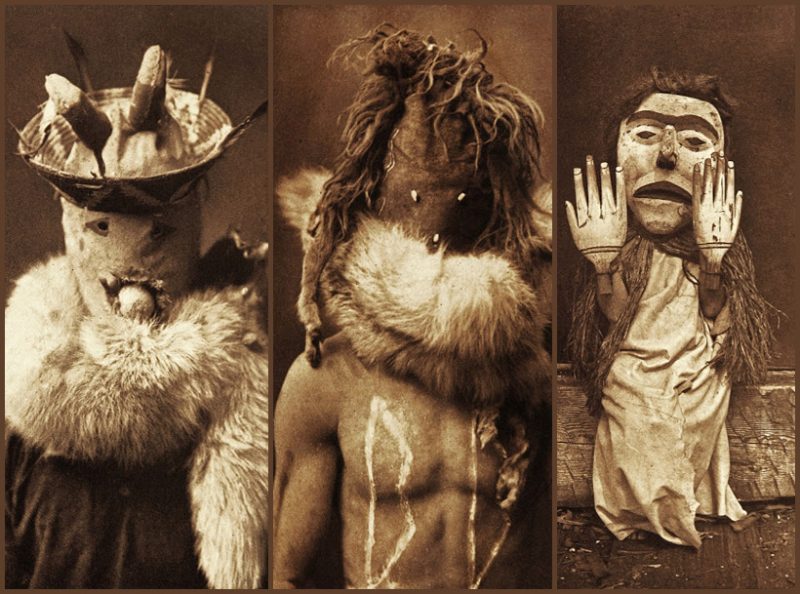In 1906, J. P. Morgan, an American financier and banker who dominated corporate finance and industrial consolidation during his time, provided photographer Edward Sheriff Curtis with $75,000 to produce a series on Native Americans. This work was to be in 20 volumes with 1,500 photographs.
Morgan’s funds were to be disbursed over five years and were earmarked to support only fieldwork for the books not for writing, editing, or production of the volumes. Curtis himself would receive no salary for the project, which was to last more than 20 years.
With the backing of J.P. Morgan and president Theodore Roosevelt, Curtis dedicated 30 years taking pictures of American Indians from the Arctic to Florida, depicting them as timeless figures untouched by modernity. All images: Edward Sheriff Curtis
Once Curtis had secured funding for the project, he was able to hire several employees to help him. For writing as well as with recording Native American languages, Curtis hired a former journalist, William E. Myers.
For general assistance with logistics and fieldwork, Curtis hired Bill Phillips, a graduate of the University of Washington. Perhaps the most important hire for the success of the project was Frederick Webb Hodge, an anthropologist employed by the Smithsonian who had also researched Native American peoples of the southwestern United States; he was hired to edit the entire series.
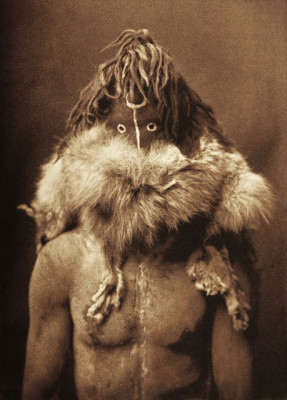
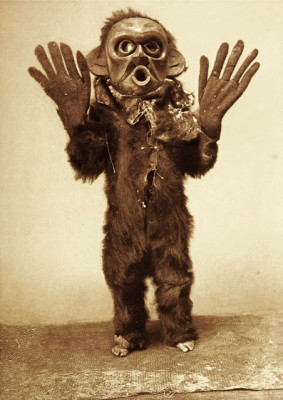
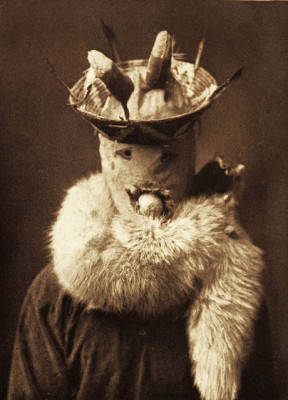
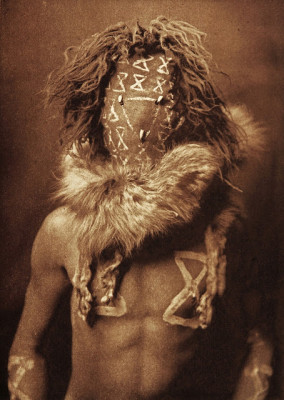
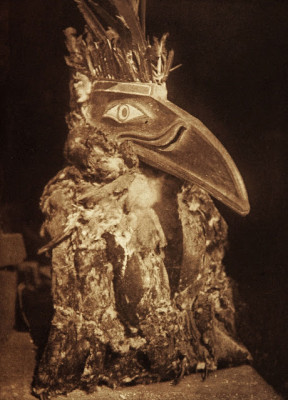
Curtis’ goal was not just to photograph, but to document the Native American traditional life. Most of all, Curtis’s work was strongly shaped by the false notion that American Indians were a “vanishing race” whose cultures were doomed to disappear. He wrote in the introduction to his first volume in 1907: “The information that is to be gathered … respecting the mode of life of one of the great races of mankind, must be collected at once or the opportunity will be lost.”
Curtis left behind an unparalleled cultural record of over 80 tribes, comprising some 40,000 photographs and over 10,000 wax cylinder recordings of American Indian language and music. His twenty-volume opus The North American Indian, issued from 1907 to 1930, was among the most ambitious publishing feats of its time. Edward Sheriff Curtis became the most influential chronicler of American Indian culture. In 2012, the original photographs were sold at auction for over $900,000, raising money for the Society’s archives and support of emerging photographers.
